Bird counting marathons represent one of the most exhilarating yet demanding activities in the birding world. These 24-hour challenges test your endurance, knowledge, and field skills while contributing valuable data to citizen science. Whether you’re participating in established events like the Audubon Christmas Bird Count, a Big Day competition, or organizing your challenge, proper preparation makes the difference between an exhausting ordeal and a memorable adventure. This comprehensive guide will walk you through everything needed to complete a 24-hour bird count, from physical conditioning to gear selection, location scouting, and team coordination.
Understanding What a 24-Hour Bird Count Entails
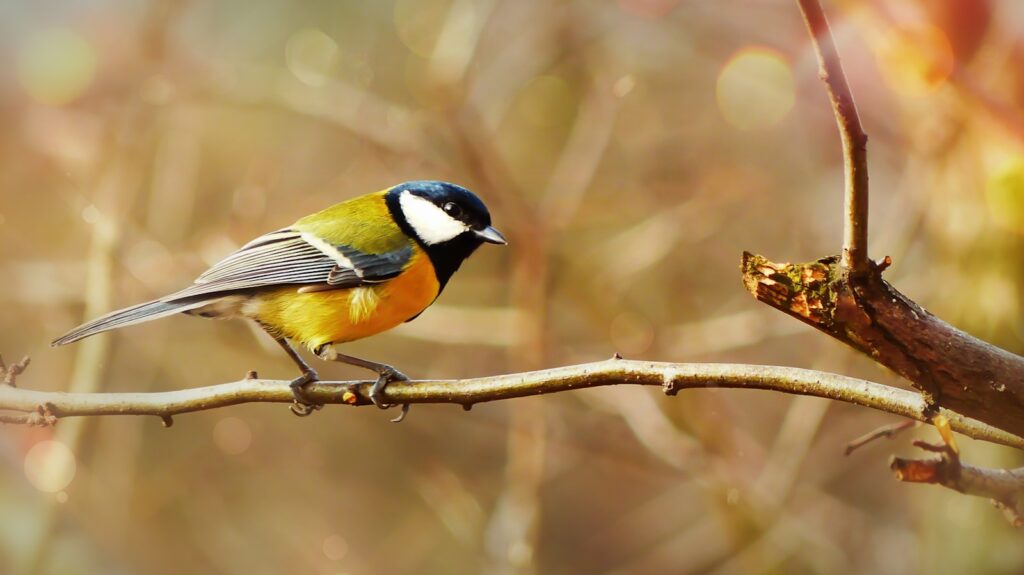
A 24-hour bird count, often called a “Big Day” in birding circles, involves identifying as many bird species as possible within a continuous 24-hour period. These events typically follow specific protocols regarding geographic boundaries, counting methods, and verification standards. Participants might cover hundreds of miles by foot, car, and sometimes by boat, visiting diverse habitats from pre-dawn darkness through noon heat to evening twilight and night birding sessions. The physical demands are considerable—expect to be active for most of those 24 hours with minimal rest, sometimes in challenging weather conditions. Mental stamina is equally important as you’ll need to maintain focus and sharp observation skills even when fatigue sets in during the later hours.
Physical Conditioning Before the Big Day

Preparing your body for the rigors of a 24-hour bird count should begin at least one month before the event. Gradually increase your daily walking distance, aiming for comfortable 5-8 mile hikes while carrying your birding gear by the week before your count. Practice birding in all weather conditions you might encounter, which builds both physical resilience and the practical knowledge of how your equipment performs in different situations. Pay special attention to foot care by breaking in appropriate footwear well in advance and identifying any hotspots that might need preventative taping or padding. Additionally, adjust your sleep schedule in the week leading up to the event—practice waking up very early and taking strategic power naps to condition your body for the unusual sleep pattern you’ll follow during the count.
Essential Gear Checklist for Maximum Success

Quality optics stand as your most critical equipment—invest in or borrow the best binoculars you can access with comfortable eye relief and quick focusing capabilities. A spotting scope with a stable tripod is essential for wetland areas and distant viewing locations. Your smartphone, loaded with bird identification apps, GPS functionality, and count recording tools, becomes your technological hub during the event. Carry redundant power solutions, including power banks, car chargers, and spare batteries for all electronic devices. Clothing deserves careful consideration: dress in quiet, weather-appropriate layers with excellent moisture management properties, and pack extra options for significant weather changes. Don’t forget specialized items like a headlamp with red light for night birding, carefully selected field guides (physical or digital), and high-energy, easy-to-consume food options that require minimal preparation.
Creating Your Strategic Route Plan
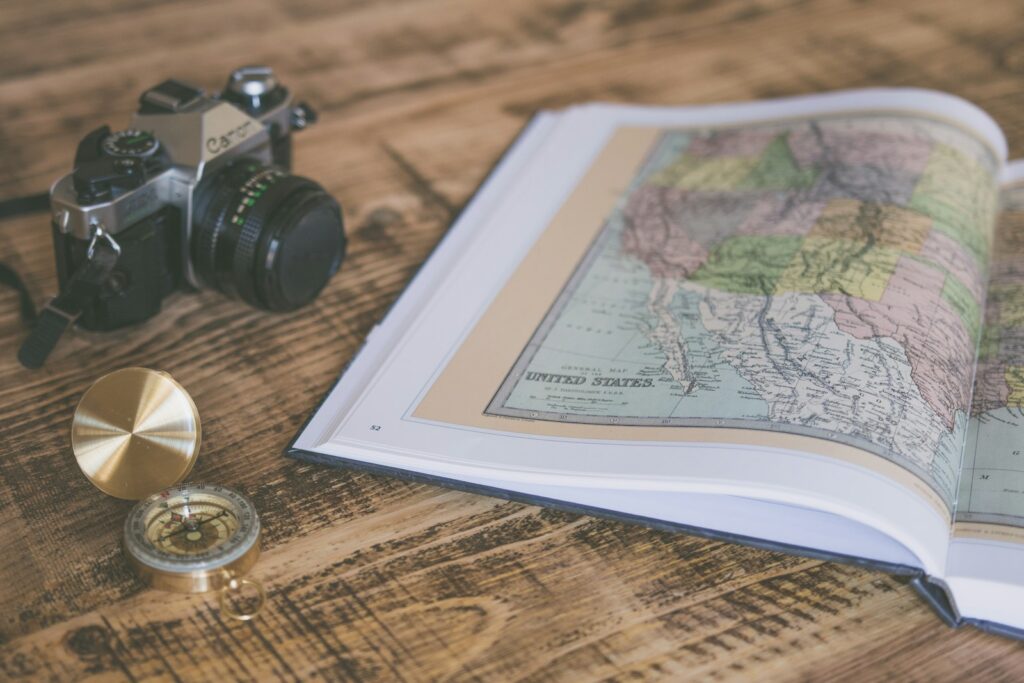
Route planning represents the cornerstone of a successful bird count and should begin weeks before your event date. Research typical species distributions for your count date, focusing on habitat diversity rather than just visiting your favorite spots. Structure your route to maximize habitat changes throughout the day, scheduling wetlands and open water during prime waterfowl activity hours and forests during songbird chorusing times. Incorporate elevation changes strategically if your count area includes varied topography, as birds at different elevations may be in different stages of migration or breeding cycles. Build in contingency options that allow for weather adaptations, unexpected species opportunities, or time adjustments if you’re running ahead or behind schedule. Most importantly, practice driving portions of your route beforehand, timing the transitions between locations to ensure your plan is realistic within the 24-hour constraint.
Team Composition and Role Assignment

While solo 24-hour counts are possible, a well-structured team dramatically increases species totals and eases individual burden. Ideal teams include 3-4 members with complementary skills: consider including specialists in different bird groups (waterfowl, raptors, warblers) and those with exceptional hearing or visual identification abilities. Assign specific roles beyond just spotting birds—designate a navigator responsible for route timing, a data recorder who maintains the running species list, and a logistics person managing meals and equipment. Establish clear communication protocols, including hand signals for silent coordination during critical listening periods and decision-making procedures when unexpected opportunities arise. Practice together before the big day, calibrating your observation styles and developing team shorthand for efficient communication in the field.
Mastering Bird Identification Under Pressure

During a 24-hour bird count, identification speed and accuracy become paramount skills that require specific preparation. In the weeks before your count, practice rapid identification of birds in your expected count area, focusing particularly on similar-looking species pairs and challenging groups like flycatchers, fall warblers, and distant shorebirds. Train yourself to identify birds by partial views and fleeting glimpses, using shape, behavior, and habitat context rather than relying on perfect field guide views. Sharpen your ear for bird calls and songs using recording apps with playback functionality, paying special attention to chip notes and flight calls that might be your only evidence of certain species in a fast-paced count. Prepare mentally for identification under suboptimal conditions—low light, bad weather, brief views—by simulating these scenarios during practice sessions.
Nutrition and Hydration Strategy

Maintaining energy levels throughout a 24-hour bird count requires a carefully planned nutrition approach, unlike your typical daily eating pattern. Pack a combination of complex carbohydrates for sustained energy, easily digestible proteins for muscle recovery, and strategic simple sugars for immediate energy boosts during low periods. Prepare bite-sized foods that can be eaten while walking or during brief stops—think trail mix, energy bars, and sandwich quarters rather than meals requiring full stops. Hydration demands equal attention: carry multiple water bottles and electrolyte supplements, particularly if your count occurs in hot weather or includes significant hiking. Schedule specific times for more substantial “mini-meals” that coincide with necessary driving periods or habitat transitions, and avoid heavy foods that cause energy crashes or digestive discomfort.
Developing Your Time Management Framework

Effective time allocation represents perhaps the most challenging aspect of a 24-hour count, requiring both careful pre-planning and in-the-moment decision-making skills. Create a detailed hour-by-hour schedule that allocates specific time blocks to each location, with precise arrival and departure times rather than vague intentions. Build in strategic buffer periods of 15-20 minutes roughly every 4-5 hours to absorb unexpected delays or capitalize on surprise bird opportunities. Establish clear “minimum species expectations” for each location—if you’re not finding expected birds, have predetermined cutoff points where you’ll move on regardless of what you might be missing. Practice using the “value per minute” concept during preparation, analyzing whether spending additional time in a location is likely to yield new species or if moving to a fresh habitat offers better returns.
Night Birding Techniques
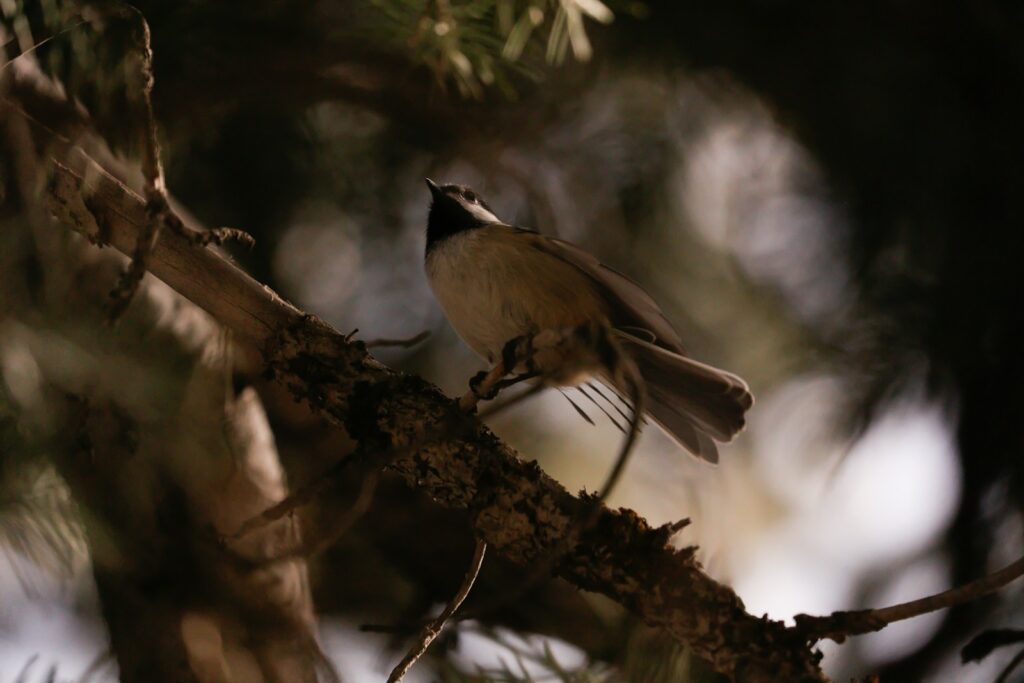
Successful 24-hour counts often hinge on effective night birding techniques that add nocturnal species that many counters miss. Research owl territories in your count area weeks before your event, visiting potential sites to confirm activity patterns and exact locations for maximum efficiency during the count. Learn the specific calling periods for different owl species—Barred Owls may respond most actively just after sunset, while Eastern Screech-Owls might be most vocal around midnight. Beyond owls, prepare for nightjars, rails, and nocturnal migrants by studying their calls and knowing precisely where and when to listen for them within your count area. Practice using night birding equipment like thermal imaging devices or night vision optics if available, as these tools can dramatically increase nocturnal species detection while minimizing disturbance.
Weather Interpretation and Adaptation
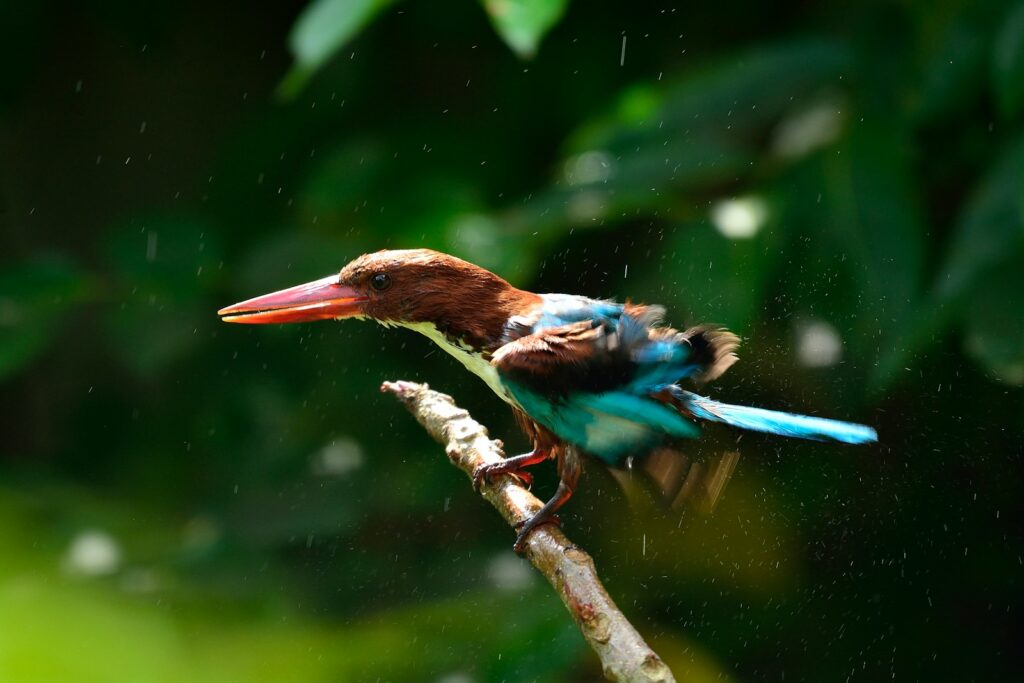
Weather conditions fundamentally shape bird activity and availability during your count, requiring both planning and real-time adaptability. Study historical weather patterns for your count date and location, developing primary, secondary, and emergency route options based on likely scenarios. Learn to interpret radar and weather forecasts specifically for birding implications—understanding how wind direction affects migration, how approaching fronts concentrate birds, and how precipitation timing might create brief windows of exceptional activity. Develop specific contingency plans for extreme weather events that might occur during your count, including severe thunderstorms, high winds, or unseasonable cold. Perhaps most importantly, practice the skill of rapidly reassessing your route when conditions change suddenly, making confident decisions about which locations gain or lose priority based on evolving weather.
Data Recording Systems That Won’t Fail
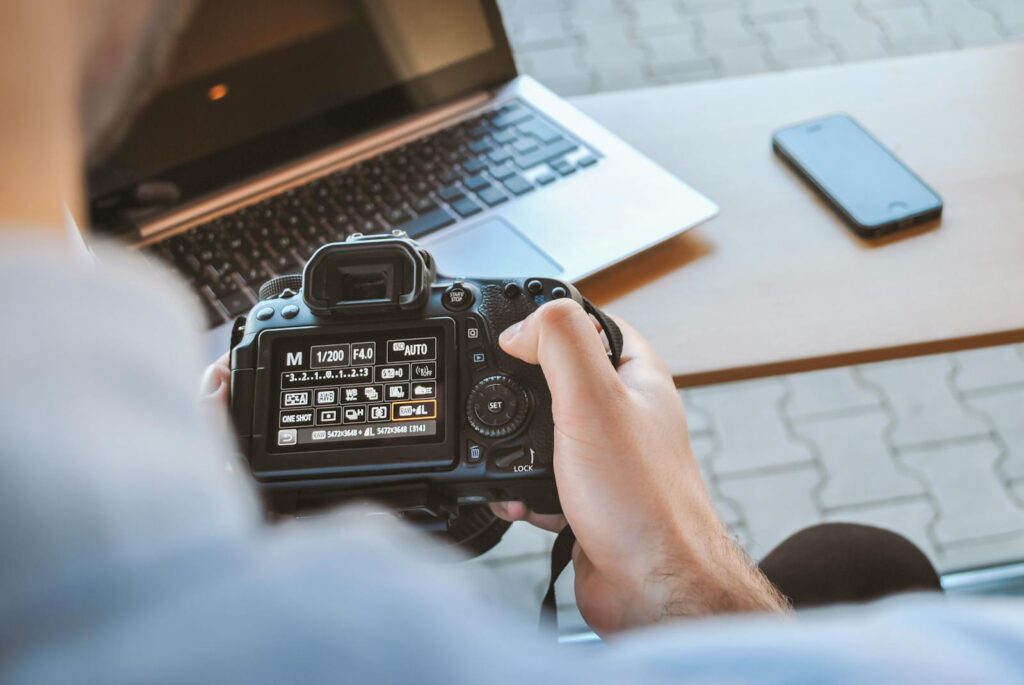
The scientific value of your bird count depends entirely on accurate, comprehensive data collection that functions reliably through the exhaustion and challenges of a 24-hour event. Implement redundant recording systems, including at least one digital method (specialized birding apps like eBird or custom spreadsheets) and one analog backup (waterproof notebook with pre-printed checklists). Establish a rhythm of regular data consolidation where observations from all team members are compiled into the master record at scheduled intervals rather than trying to remember everything at day’s end. Document unusual or rare species with multiple forms of evidence, including photographs, sound recordings, field notes on identifying characteristics, and precise location data. Create systems for logging not just species but also important metadata like weather conditions, effort (time spent per location), and habitat information that contextualize your observations.
Post-Count Recovery and Data Submission

The 24 hours after your count deserve almost as much planning as the event itself to ensure both physical recovery and data integrity. Schedule a dedicated post-count meeting immediately following the event, where your team reviews the species list while memories are fresh, clarifying any questionable identifications and organizing supporting evidence for unusual findings. Assign specific responsibility for formal data submission to relevant projects or organizations with a clear deadline, including proper documentation for rare species that might require review committee approval. Physically, implement a recovery plan including scheduled rest, proper rehydration, nutritional replenishment, and addressing any injuries or physical issues that developed during the count. Finally, document lessons learned while the experience remains vivid—note route timing issues, equipment successes or failures, and team dynamics insights that will improve your next 24-hour birding marathon.
Ethical Considerations in High-Intensity Birding
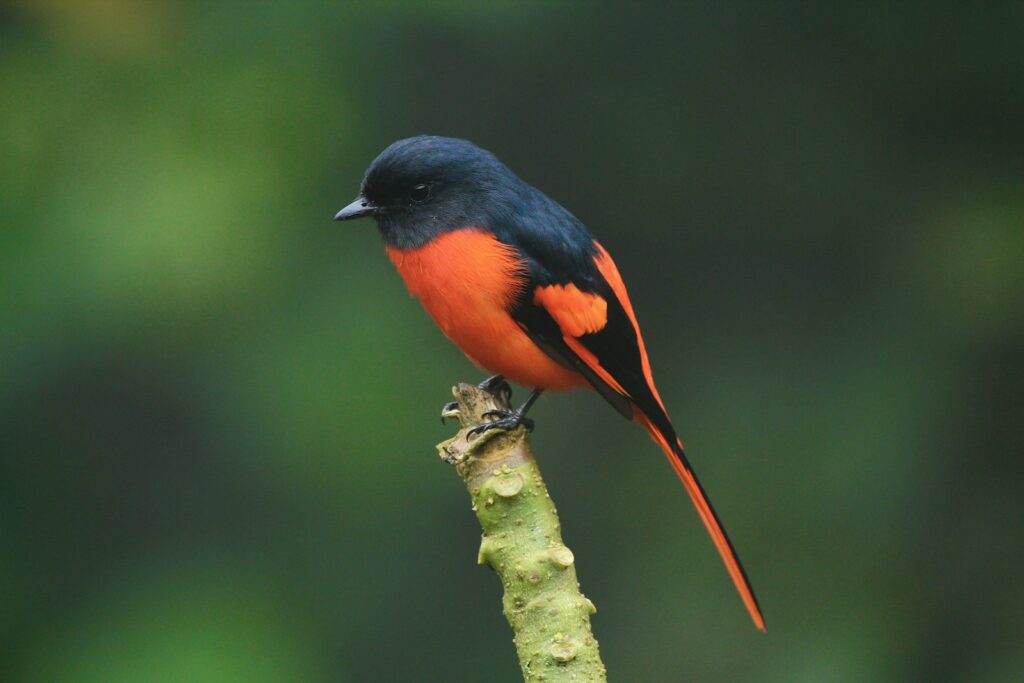
The competitive nature of 24-hour bird counts can sometimes create ethical tensions that deserve thoughtful attention during your preparation phase. Establish clear team guidelines regarding playback use to attract birds, following local regulations, and limiting this technique to minimize disturbance, particularly during breeding seasons. Define your approach to counting “heard-only” birds, setting consistent standards for what constitutes a countable detection versus an uncertain call. Consider how your team will handle sensitive species like nesting raptors or threatened populations where your presence might create disturbance—sometimes, excluding a potential species from your route represents the most ethical choice. Discuss how competitive pressure might influence identification decisions, establishing team protocols for handling uncertain sightings that balance the desire for a high count with scientific integrity.
A successful 24-hour bird count represents a remarkable achievement in field ornithology that combines physical endurance, identification expertise, strategic planning, and teamwork. By thoroughly preparing across all dimensions—physical conditioning, equipment selection, route planning, and knowledge development—you transform an overwhelming challenge into a structured, manageable adventure. Beyond the personal satisfaction of maximizing your species’ total, remember that your careful preparation contributes to citizen science efforts tracking bird populations and distributions across seasons and years. The memories created during these intense birding marathons, from predawn owl encounters to unexpected rarities and team camaraderie during challenging moments, often become highlights of a birder’s lifetime experiences in the field.
